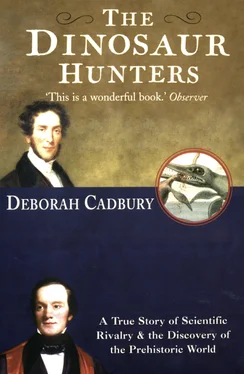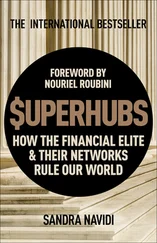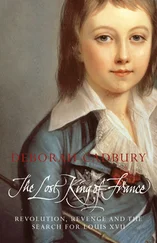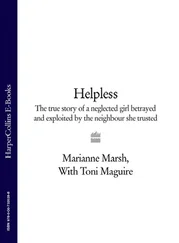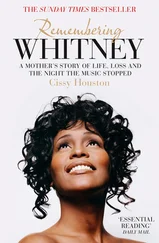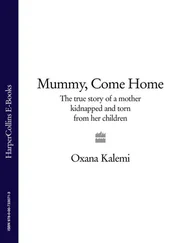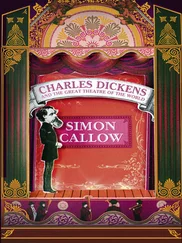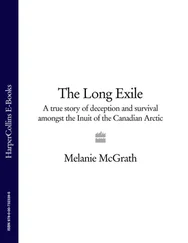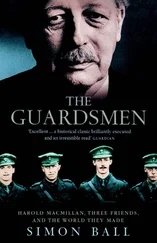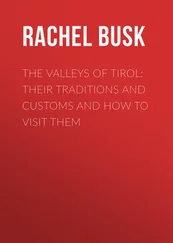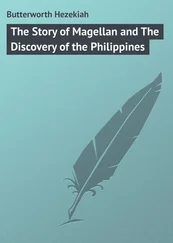While Joseph, Mary’s elder brother, was apprenticed to an upholsterer, Mary continued to search the beach for fossils. One day she found a beautiful ammonite, or snake-stone. As she carried her trophy from the beach a lady in the street offered to buy it for half a crown. For Mary this was wealth indeed, enough to buy some bread, meat and possibly tea and sugar for a week. From that moment she ‘fully determined to go down upon the beach again’.
During 1811 – the exact date is not known – Joseph made a remarkable discovery while he was walking along the beach. Buried in the shore below Black Ven, a strange shape caught his eye. As he unearthed the sand and shale, the giant head of a fossilised creature slowly appeared, four feet long, the jaws filled with sharp interlocking teeth, the eye sockets huge like saucers. On one side of the head the bony eye was entire, staring out at him from some unknown past. The other eye was damaged, deeply embedded in the broken bones of the skull. Joseph immediately hired the help of two men to assist him and uncovered what was thought to be the head of a very large crocodile.
Joseph showed Mary where he had found the enormous skull, but since that section of the beach was covered by a mudslide for many months afterwards it was difficult to look for more relics of the creature. Nearly a year elapsed before Mary, who was still scarcely more than twelve or thirteen, came across a fragment of fossil buried nearly two feet deep on the shore, a short distance from where Joseph had found the head.
Working with her hammer around the rock, she found large vertebrae, up to three inches wide. As she uncovered more, it was possible to glimpse ribs buried in the limestone, several still connected to the vertebrae. She gathered some men to help her extract the fossils from the shore. Gradually, they revealed an entire backbone, made up of sixty vertebrae. On one side, the shape of the skeleton could be clearly seen; it was not unlike a huge fish with a long tail. On the other side, the ribs were ‘forced down upon the vertebrae and squeezed into a mass’ so that the shape was harder to discern. As the fantastic creature emerged from its ancient tomb they could see this had been a giant animal, up to seventeen feet long.
News spread fast through the town that Mary Anning had made a tremendous discovery: an entire connected skeleton. The local lord of the manor, Henry Hoste Henley, bought it from her for £23: enough to feed the family for well over six months.
The strange creature was first publicly displayed in Bullock’s Museum in Piccadilly in the heart of London. It quite baffled the scholars who came to visit, as there was no scientific context in England within which they could readily make sense of the giant fossil bones. Geology was in its infancy and palaeontology did not exist. The peculiar ‘crocodile’, with its jaw set in a disconcerting smile and its enormous bony eyes, was something inexplicable from the primeval world. In the words of a report in Charles Dickens’s journal, All the Year Round, there was to be a ‘ten year siege before the monster finally surrendered’ and revealed its long-buried secrets to the gentlemen of science. Nearly a decade was to elapse before the experts could even agree on a name for the ancient creature.
As news of Mary Anning’s discovery reached scholarly circles in London and beyond, one of the first to visit her at Lyme Regis was William Buckland, a Fellow of the prestigious Corpus Christi College at Oxford University. Engravings of William Buckland portray a serious man, with even features and a broad expanse of forehead. Invariably, in these period poses, he is holding some fossil and formally attired in sombre black academic robes, looking the epitome of the nineteenth-century scientist. To those who knew him, he was renowned for qualities other than this stern and imposing image.
‘Dr Buckland’s wonderful conversational powers were as incommunicable as the bouquet of a bottle of champagne,’ wrote Storey Maskelyne, one of his Oxford colleagues. ‘It was at the feast of reason and the flow of social and intellectual intercourse that Buckland shone. A merrier man within the limit of becoming mirth I never spent an hour’s talk withal. Nothing came amiss with him from the creation of the world, to the latest news in town … In build, look and manner he was a thorough English gentleman, and was appreciated within every circle.’
Although Buckland had a wide range of interests his greatest passion was for ‘undergroundology’, as he called the new subject of geology. Many of his holidays from Oxford were spent at Lyme, where he explored the cliffs ‘with that geological celebrity, Mary Anning, in whose company he was to be seen wading up to his knees in the sea, searching for fossils in the blue lias’. At his lodgings by the sea, Buckland’s breakfast table was ‘loaded with beefsteaks and Belemnites, tea and Terebratula, muffins and Madrepores, toast and Trilobites, every table and chair as well as the floor occupied with fossils and rocks, earth, clays and heaps of books, his breakfast hour being the only time that the collectors could be sure of finding him, to bring their contributions and receive their pay’.
Born in the village of Axminster six miles inland from the Dorset coast, Buckland was no stranger to the impressive cliffs at Lyme. Since his childhood, the rocks of this region had enchanted him. ‘They were my geological school,’ he wrote, ‘they stared me in the face, they wooed me and caressed me, saying at every turn, Pray, Pray, be a geologist!’ His father, the Reverend Charles Buckland, had encouraged his enquiring approach to natural history. Following an accident, Charles Buckland was blind for the last twenty years of his life, but together father and son had explored the local quarries, the young William describing every detail of the beautiful fossil shells that his father could only touch. The boy’s exceptional ‘talent and industry’ were noted by his uncle, a Fellow at Oxford University, who steered William’s education, first to Winchester and then on to Corpus Christi College.
When William Buckland descended from his carriage in the city of famous spires at the turn of the nineteenth century, he had soon found that the university was steeped in an Anglican tradition in which the Scriptures, for many, were the key to understanding our history, and fossils were interpreted in this context. Most of the college lecturers took Holy Orders and advancement was principally through the Anglican Church. Buckland was himself ordained in 1809 and elected a Fellow in the same year.
At the time, more than a hundred years before radiometric dating was to dispel any lingering doubts about the vast antiquity of the globe, it was impossible to prove with certainty its exact age. For over two centuries, leading scholars had tried to solve this puzzle by taking the Bible as evidence. Studies of the earth were carried out by classicists, who could analyse sacred writings in Hebrew, Latin or Greek. In 1650 the Archbishop of Armagh, James Ussher, had concluded that God created the earth the night preceding Sunday 23 October, 4,004 years before the birth of Christ. His calculation had been made by adding together the life spans of the descendants of Adam, combined with knowledge of the Hebrew calendar and other biblical records. His dating of the earth, far from being ridiculed, was accepted as an excellent piece of historical scholarship, and following his lead, the study of chronology using sacred texts became an established approach for the next two hundred years.
Other methods of dating the earth were occasionally put forward. In 1715, Edmond Halley had proposed an ingenious experiment to the Royal Society in which the rate of increase in the saltiness of lakes and oceans could be calculated, assuming that they contained no salt when the globe was created. However, his ideas were not pursued, and Halley himself thought his results were likely to confirm ‘the evidence of the Sacred Writ, [that] Mankind has dwelt about 6,000 Years’.
Читать дальше
